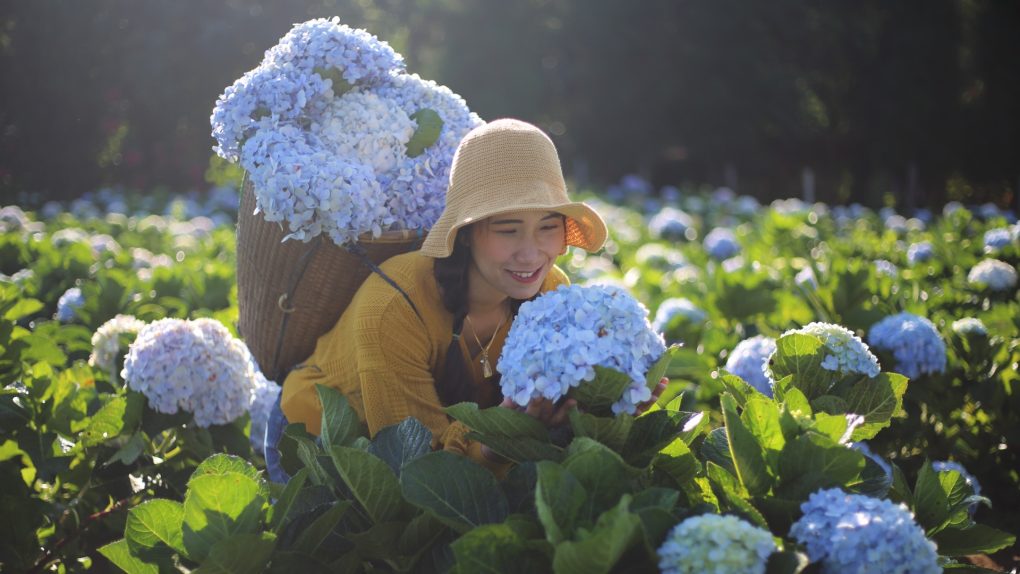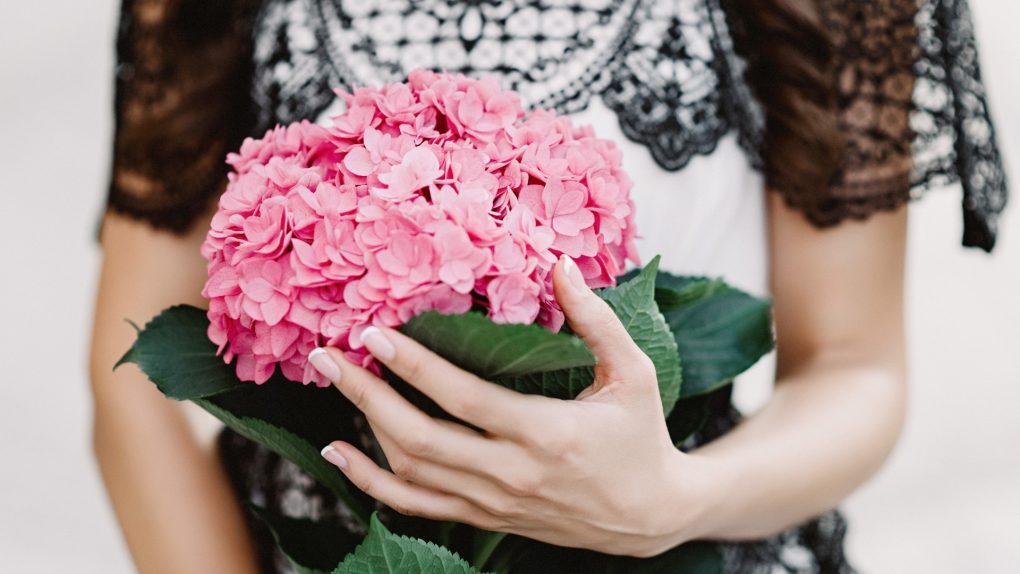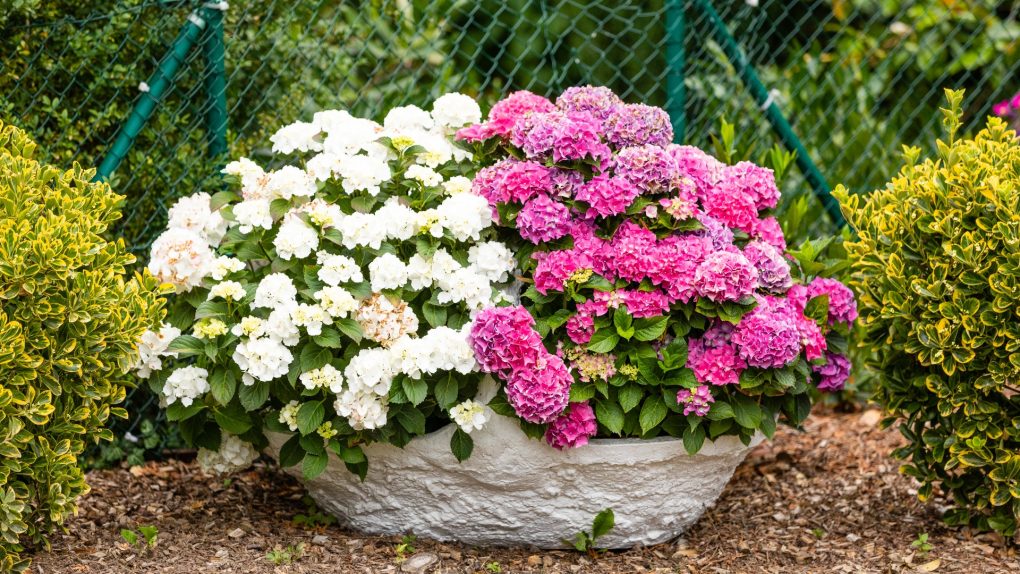What is Hydrangea Used For: Understanding the Medicinal and Decorative Applications
Hydrangea is a flowering plant that belongs to the family Hydrangeaceae. It is native to Asia and the Americas, and is known for its beautiful flowers in different colors and shapes. Hydrangea is a popular ornamental plant often used in gardens, parks, and landscapes.

Aside from its aesthetic value, hydrangea has been used for medicinal purposes for centuries. The plant contains compounds that have anti-inflammatory, diuretic, and analgesic properties. As such, it has been used to treat a variety of health conditions, including urinary tract infections, kidney stones, and arthritis.
Hydrangea has also been used in traditional medicine to promote kidney health and reduce swelling. Some studies suggest that hydrangea may effectively treat interstitial cystitis and bladder infections. However, more research is needed to fully understand the plant’s medicinal properties and potential side effects.
Table of Contents
Cultural Significance
Hydrangeas have a rich cultural significance in many parts of the world. Here is a brief overview of their history and symbolism:
History
The hydrangea is native to Asia and the Americas, and has been cultivated for centuries for its beautiful flowers and medicinal properties. In Japan, the hydrangea is known as ajisai and symbolizes gratitude, sincerity, and perseverance. The Japanese have been cultivating hydrangeas for over 500 years, and they are a popular flower in Japanese gardens.
In China, the hydrangea is the “harmony flower” associated with unity and togetherness. In Europe, however, hydrangeas were once associated with arrogance and boastfulness, as they produce many flowers but very few seeds.
Symbolism
Hydrangeas have different meanings and symbolism depending on their color:
● Pink hydrangeas symbolize heartfelt emotion and romance.
● Blue hydrangeas symbolize frigidity and apology.
● White hydrangeas symbolize purity and grace, but can also convey negative sentiments such as pride and vanity.
● Purple hydrangeas symbolize a desire to understand someone deeply.
Hydrangeas are also associated with the fourth wedding anniversary and are a popular gift for this occasion. They are often used in wedding bouquets and decorations, symbolizing love, gratitude, and deep understanding.

Medicinal Uses
Hydrangea is a shrub used for medicinal purposes for hundreds of years. The plant’s root and underground stem (rhizome) are used to make medicine. Here are some traditional and modern medicinal uses of hydrangea:
Traditional Uses
In traditional medicine, hydrangea root has been used as a diuretic to increase urine output via the kidneys. It has also been used to treat kidney stones, urinary tract infections (UTIs), benign prostatic hypertrophy (BPH), and prostatitis. In addition, some Native American tribes used hydrangea root to remedy bladder infections and other urinary problems.
Hydrangea root was also used in traditional Chinese medicine to treat edema, swelling caused by excess fluid trapped in the body’s tissues. It was also used to treat rheumatism and other inflammatory conditions.
Modern Uses
Hydrangea root is still used as a diuretic to treat UTIs, BPH, and other urinary problems. It also treats gout, rheumatoid arthritis, and other inflammatory conditions. Some people use hydrangea root to help flush out kidney stones.
Hydrangea root is available in various forms, including teas, capsules, tinctures, and extracts. It is important to follow dosage instructions carefully and talk to a healthcare provider before using hydrangea root or any other herbal supplement.
Gardening Uses
Hydrangeas are popular for gardeners due to their beautiful blooms and versatility. They can be used in various ways to enhance the landscape design and add color to any garden.
Landscape Design
Hydrangeas are excellent for adding texture and color to a garden. They can be used as a focal point or backdrop for other plants. They are also great for filling in gaps in a garden bed or adding height to a border. Hydrangeas come in various colors, including pink, blue, purple, white, and green, making them a versatile addition to any garden.
When planting hydrangeas in a garden, it is important to consider the soil and light conditions. Most hydrangeas prefer well-draining soil that is rich in organic matter. They also do well in partial shade, although some varieties can tolerate full sun. Therefore, it is important to research the specific variety of hydrangea being planted to ensure it suits the garden’s soil and light conditions.
Container Gardening

Hydrangeas are also a great choice for container gardening. They can be grown in pots on a patio or deck, or used to brighten a balcony. When planting hydrangeas in containers, it is important to choose a large pot to accommodate the plant’s root system. If the pot is too small, the plant can become root-bound and stunt its growth.
Hydrangeas grown in containers require regular watering, as the soil in pots tends to dry out more quickly than soil in the ground. It is also important to fertilize the plant regularly to ensure it receives the nutrients it needs to thrive. When choosing a fertilizer, choosing one specifically formulated for hydrangeas is important.
